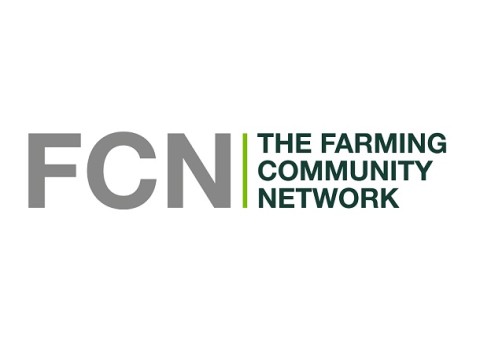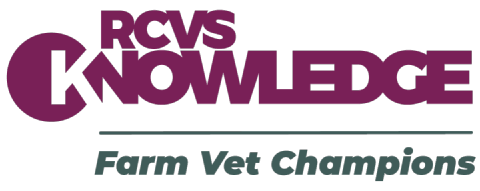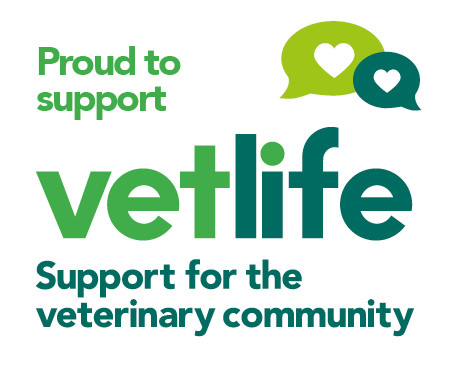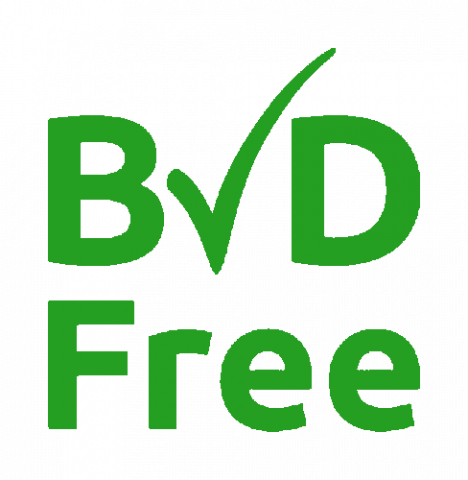On 14th February the BBC broadcast a Panorama episode titled ‘A Cows Life; The True Cost of Milk?’ which set out to “investigate whether animal welfare is being compromised in the drive to keep milk prices low”. The programme contained scenes of undercover footage of animal abuse, and also attempted to cover other aspects of perceived welfare and health issues on dairy farms, such as calf separation, lameness and the use of hip hoists.
BCVA has issued the below response.
BCVA RESPONSE TO PANORAMA, ‘A COW’S LIFE; THE TRUE COST OF MILK?’
UK farms and those working with them operate within one of the most robust legal frameworks designed to protect the welfare of food producing animals. The incidents of animal abuse featured in some of the undercover footage on Panorama’s recent exposé fail to meet those requirements and are inexcusable. Where such abuse occurs, it should be reported to the relevant authorities immediately.
“Farming is an industry that relies on the trust of consumers” says Elizabeth Berry, BCVA President, “and all of us involved with this community understand that even whilst working in a challenging environment with increasingly smaller margins, welfare remains a priority for most British dairy farmers. The scenes of abuse we saw on Panorama are an intolerable exception.
“Other aspects of the programme did highlight the need for greater consumer understanding about how our food is produced and what it actually takes to produce it.”
The BBC programme, ‘A Cows Life; The True Cost of Milk?’ shown on 14th February, set out to “investigate whether animal welfare is being compromised in the drive to keep milk prices low”. It is estimated that around 98% of the UK population still consumes milk products. Yet despite being extolled for its health benefits, the price of milk has been particularly volatile in recent years with the average milk price declining by 19.7% - and it is often treated as a ‘loss leader’ by the largest retail outlets.
“Vets, paraprofessionals, including foot trimmers, and health assurance schemes like Red Tractor, all aim to elevate standards and provide evidence-based support to the farmers we work alongside” asserts Elizabeth Berry. “We share an ambition to prioritise the welfare of food producing animals and want to meet the expectations of consumers – that requires zero tolerance of abuse, investment and education, and a willingness to pay a fair retail price.”
Calf separation
The issue of calf separation was touched on in the programme, which is probably an aspect of dairy farming least understood by the consumer. There is a long-standing debate on the relative benefits of early separation, and certainly time periods will vary from farm to farm, with some farms opting for prolonged cow-calf contact. However, early separation remains the predominant approach in the UK due to the welfare benefits of cow and calf. The Farm Animal Welfare Council supports the view that early separation minimises stress, offering both production and health benefits. This also allows for better colostrum management, which is still recognised as the single most important factor to preventing calf morbidity and mortality, as well as preventing greater incidents of mastitis for the cow.
Downer cows
One of the scenes that many viewers would have found distressing is the use of a hip hoist to move a recumbent cow. Having to deal with a ‘downer cow’ is not an uncommon incident on farm and a successful outcome relies on swift action. Hip hoists can be a useful tool to help lift downer cows to prevent them from pressure related injury. However, this is intended to lift the cow, rather than to move it, and should be used under the supervision of someone experienced in operating this equipment correctly. The cow must be free from injury, lifted over a soft surface where possible, and the hoist should be removed only once the cow is fully weight bearing or when it is clearly offering no further benefit. Where a downer cow is responsive, alert, eating and drinking, then attempting to rise them is advisable and full recovery is often possible. BCVA is working on a guidance document for its members and their clients.
Lameness
Another aspect touched on in the programme was lameness. This has been a significant focus of the GB Dairy Cow Welfare Strategy and vets play a key role in leading the farm team when tackling lameness. BCVA has dedicated a significant proportion of our annual education programme to this subject and we offer a training scheme in association with the AHDB’s Healthy Feet Programme to create more expertise amongst Mobility Mentors. Reducing lameness in the UK dairy herd is top of the veterinary agenda right now. We would recommend that all lame cows receive prompt attention and treated according to the veterinary treatment plan. If a significant percentage of a farm’s cattle are lame, this can be a sign of poor overall welfare standards within the herd, and we would recommend the implementation of the AHDB Healthy Feet Programme, which is supported by a substantive number of resources to provide further advice, solutions and support to farmers looking to improve herd mobility.
“We need to recognise the importance of teamwork when it comes to meeting and raising welfare standards in UK dairy farming” says Elizabeth Berry. “Collaboration and education will be key if we want to earn and retain a reputation of trust with UK consumers, and we need to take care of those who produce our food too – with educational and mental health support. Whilst abuse at any level can’t be tolerated, we equally need to celebrate and support those who dedicate their lives striving for better welfare and higher health standards on farm.”
Useful Links
- Mobility Mentor Training - https://www.bcva.org.uk/cpd/mobility-mentor-training
- Cattle Quarterly - https://www.bcva.org.uk/content/cattle-quarterly-e-magazine
- Cattle Cast with George Oikonomou - https://play.acast.com/s/5eb1790dd49c28525c8268ae/61c06e9a0fbba20012ac3…
- A systematic review of the effects of prolonged cow-calf contact on behaviour, welfare, and productivity: https://pubmed.ncbi.nlm.nih.gov/31103300/
- AHDB: https://ahdb.org.uk/knowledge-library/lameness-in-dairy-cows
- Healthy Feet: https://ahdb.org.uk/healthy-feet
- Red Tractor: https://assurance.redtractor.org.uk/wp-content/uploads/2022/01/RTStandardsV5_Dairy_v2.pdf
- RSPCA: https://kb.rspca.org.au/knowledge-base/why-are-calves-separated-from-their-mother-in-the-dairy-industry/
- The Cattle Site: https://www.thecattlesite.com/diseaseinfo/246/the-downer-cow/
- Temple Grandin: https://www.grandin.com/inc/livestock.handling.transport.4th.chapter.summaries.html
- RUMA: https://www.ruma.org.uk/
- Farm Vet Champions: https://knowledge.rcvs.org.uk/quality-improvement/farm-vet-champions/
- NFU: https://www.nfuonline.com/updates-and-information/new-targets-for-antibiotic-use-in-farming-as-stats-show-significant-reduction/
- Medicine Hub: https://www.medicinehub.org.uk/






